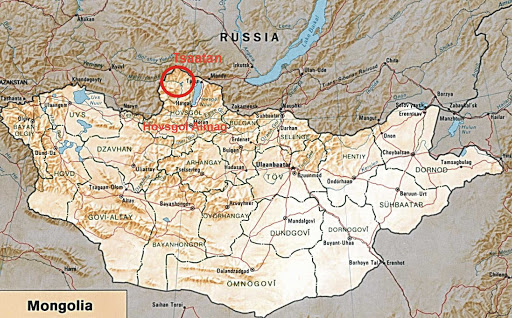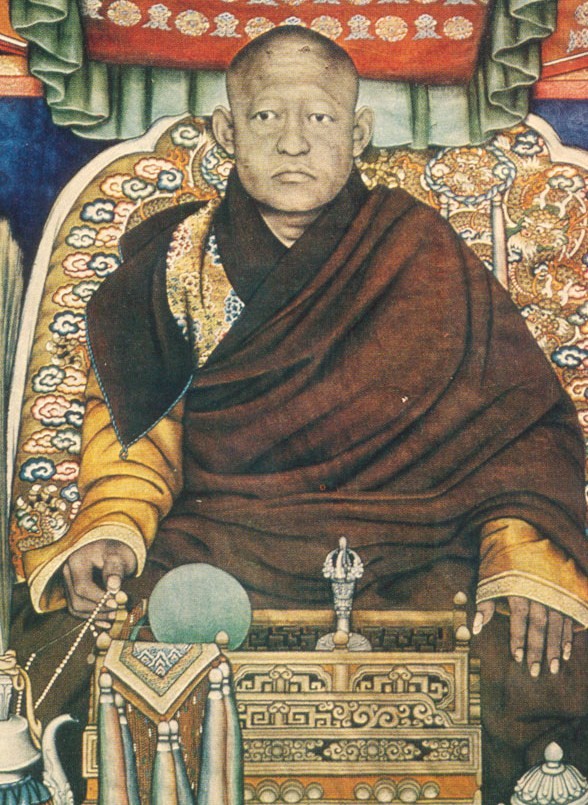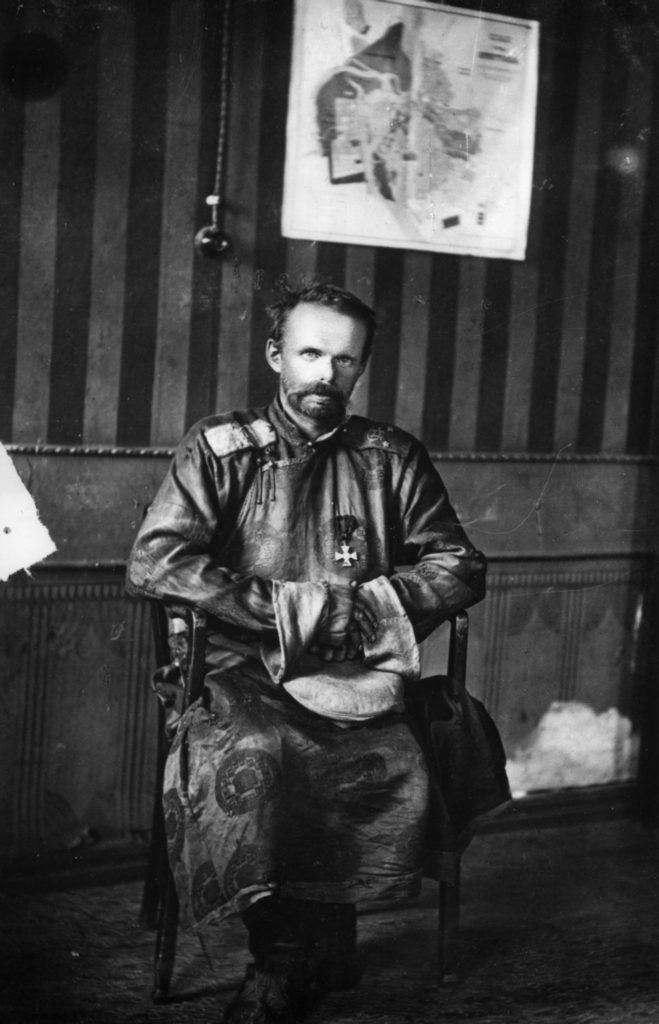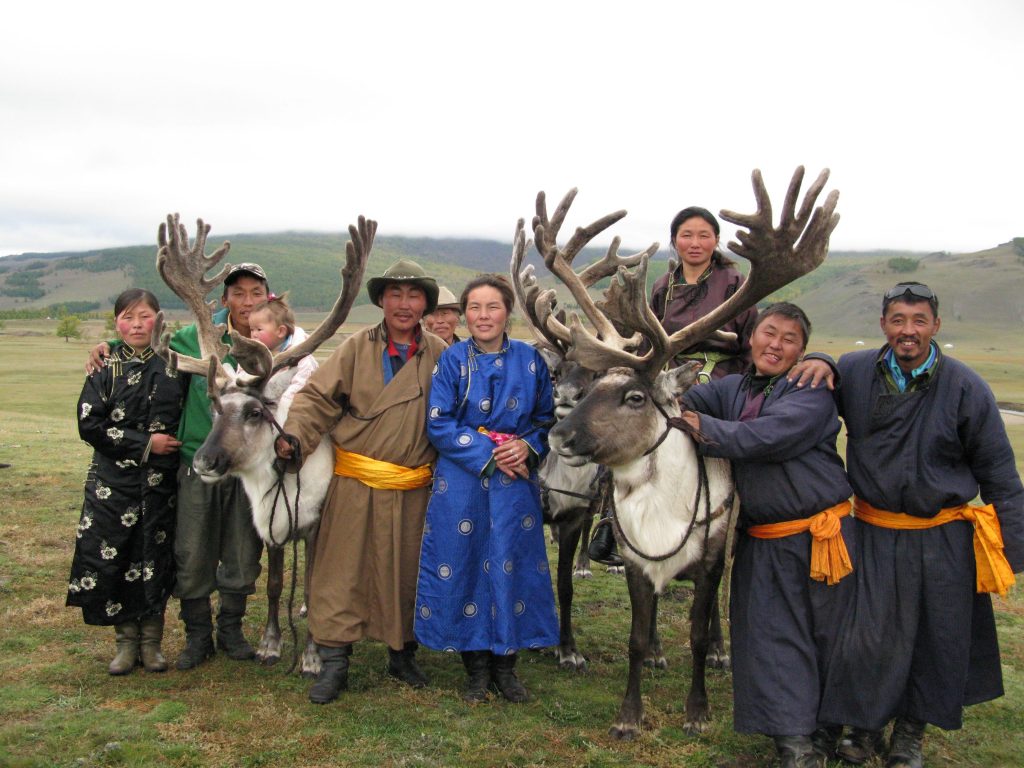Dream Whisperer is in no small part the story of a race against the clock to prevent an Outer God from opening a portal to Earth for his terrifying relatives. The Dream Whisperer can only do so if he wakes five Sleepers from their millennia-old slumber. Before they departed from Earth, the Outer Gods scattered dozens of such Sleepers all over the planet. The hunt for Sleeper lairs takes British and French crack teams to places such as the Bermuda Triangle, Bolivia, an arctic island in the Kara Sea, and also to Lake Khövsgöl in Outer Mongolia.

Outer Mongolia is a geographical term that has fallen into disuse as it now roughly coincides with the independent state of Mongolia. However, when the Dream Whisperer story takes place, Outer Mongolia was still very much in use. All of Mongolia was part of China under the Qing dynasty (1691-1911). When that dynasty collapsed, the Bogd Khaan, the spiritual leader of Outer Mongolia’s Tibetan Buddhism, unilaterally declared the country’s independence from the newly established Republic of China. China didn’t recognise this claim and sent troops to the region to bring the Mongols to heel. Only in 1921, with the help of White Russian troops led by Lieutenant General Baron Ungern, the Mongols defeated the Chinese. The communist regime in Russia didn’t want a White Russian stronghold on their eastern border and soon helped establish a communist Mongolian government and army that would be strongly aligned with the Soviet Union for decades to come. The part of Mongolia that remained with China is a province called Inner Mongolia.


The Russians sat for a long time on the fence before officially recognising Outer Mongolia’s independence from China. Right after 1911, the Bogd Khaan was anxious to find foreign powers willing to acknowledge the validity of his secession. Russian diplomats remained, however, cautious and played a duplicitous game to avoid ruffling Chinese feathers all too openly. They wanted to have their cake and eat it: dominate Mongolian politics while remaining on speaking terms with China.
I chose this location for Dream Whisperer mainly because that period’s events continue to influence world politics even today. China’s later aggressive stance against Tibet and its Dalai Lama is a direct consequence of the Bogd Khaan’s decisive role in Mongolia’s independence. The Bogd Khaan was born in Tibet in 1869 and was the third most important person in Tibetan Buddhist hierarchy, right below the Dalai Lama and Panchen Lama. His actions were a lesson the Chinese communists would never forget: A Buddhist spiritual leader can be a serious threat to the territorial unity of the Chinese Republic.
I must admit that when I saw pictures of Tsaatan people riding reindeers, I was immediately sold to move the action into their territory. Let it be understood that the Tsaatan are in reality a peaceful people and not devil worshippers or slaves to the Outer Gods. They are one of the last groups of animist, nomadic reindeer herders in the world, and their numbers are dwindling fast. Only forty families remain after living for thousands of years in the remote subarctic Ulaan taïga.
